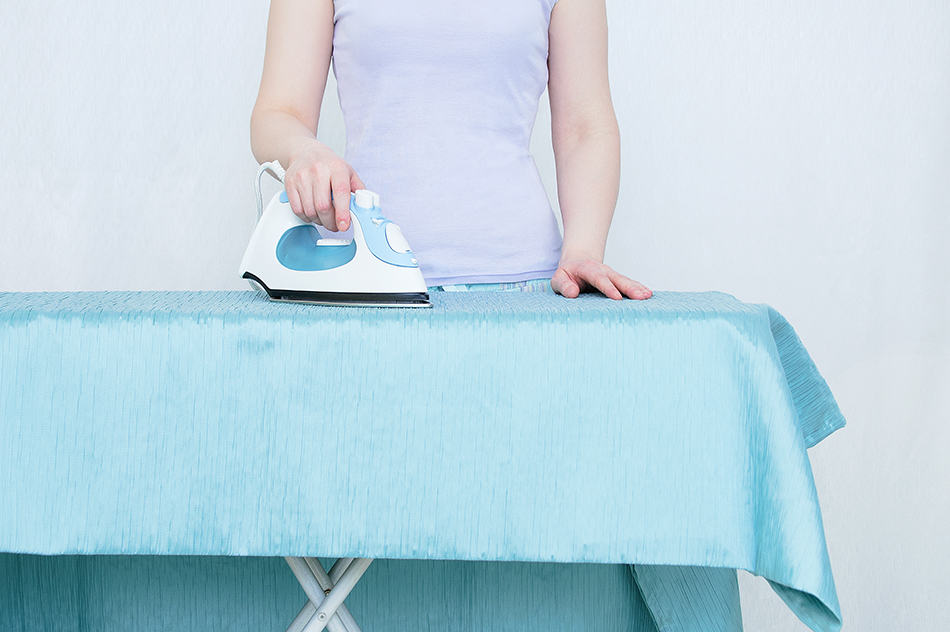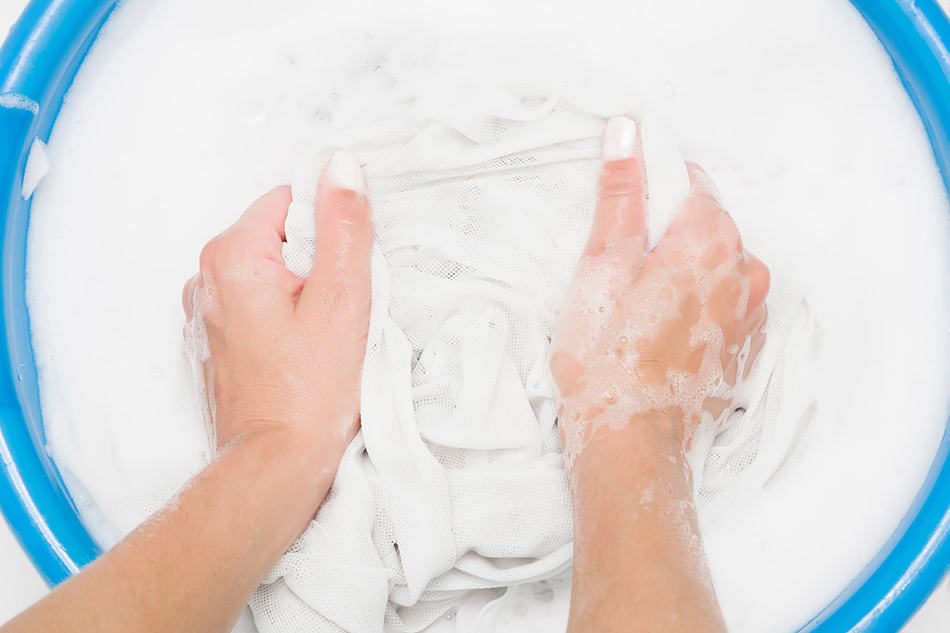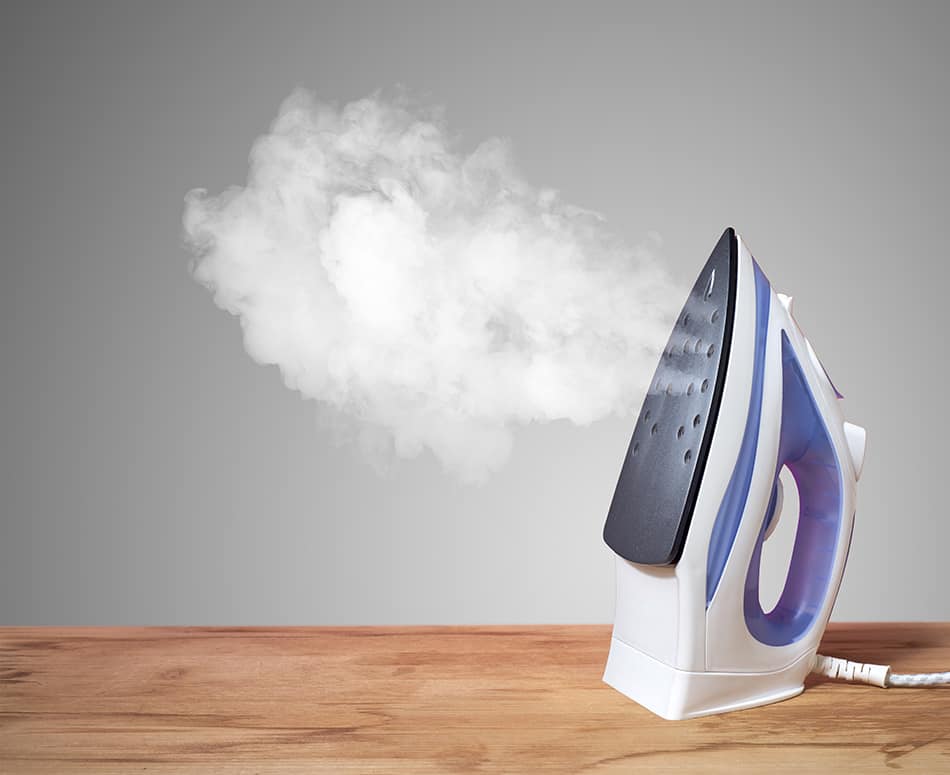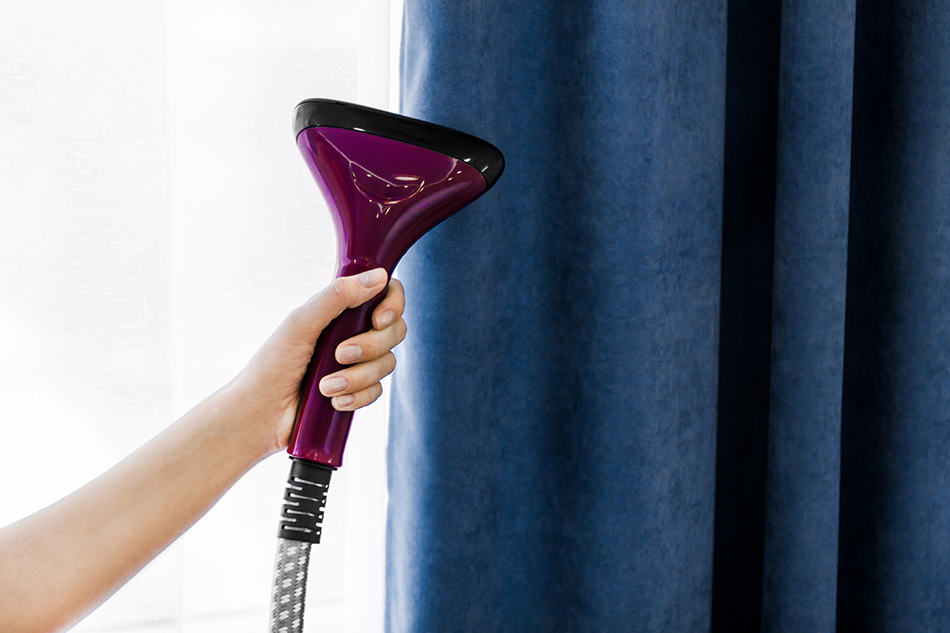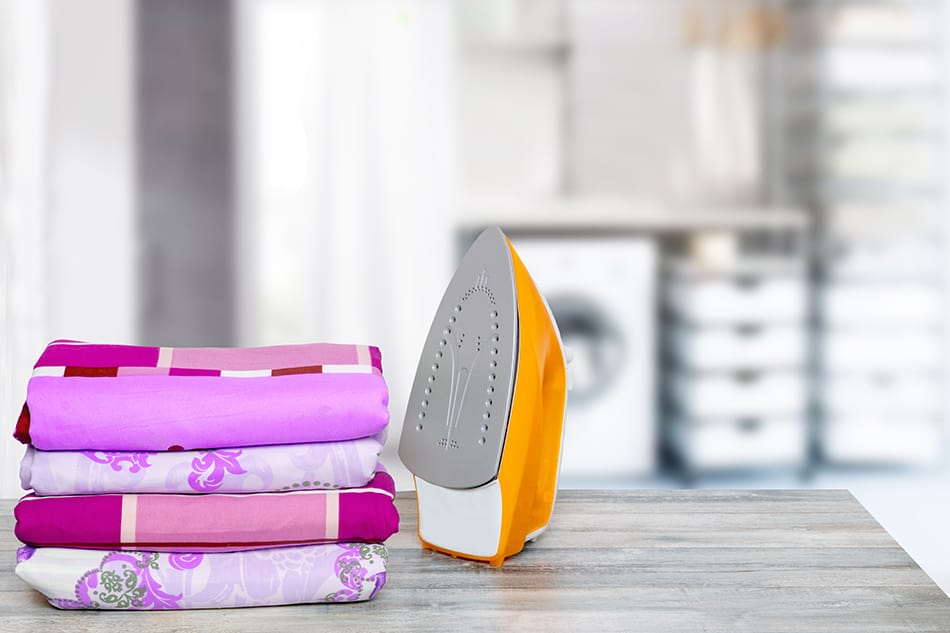Curtains can significantly enhance a room’s aesthetic appeal, adding vibrant colors and intricate designs that draw the eye of visitors. However, curtains may become creased or wrinkled over time, especially when fresh out of the package.
Mastering the art of ironing curtains can help you maintain their crisp, fresh appearance and ensure they continue to serve as eye-catching accents in your home.
Before diving into the specifics of ironing curtains, it’s important to note that various factors can influence the best approach to this task. The type of fabric, level of delicateness, and frequency of ironing should all be taken into consideration in order to effectively care for and maintain your curtains in the long run.
Are Your Curtains Suitable for Ironing?
It’s essential to determine if your curtains can be ironed, as not all fabrics are suitable for this process. For newly purchased curtains, it is crucial to examine the label instructions to understand their proper care and verify whether they can be ironed or only steamed.
In cases where ironing is not an option, you can take the curtains to a professional dry cleaner for a de-wrinkling treatment. The experts will adhere to the manufacturer’s guidelines, ensuring your curtains remain undamaged during the process.
If you are uncertain about whether your old or new curtains can be ironed, keep in mind that incorrect ironing can damage the fabric. Thankfully, most curtains can be safely treated with a steam iron. This tool can be especially useful for quickly straightening your curtains.
How to Iron Curtains Correctly
Begin by Washing the Curtains
First, remove the curtains from their packaging and wash them in cold water in your washing machine. To maintain their quality, avoid tumble drying and either air dry them outdoors or use low heat on a gentle cycle.
For older curtains or those taken out of storage, wash them in warm water if the label allows. Typically, curtains should be washed in cold water to prevent shrinkage and fading.
Use a mild detergent for delicate fabrics and a color-safe detergent for bright or dark-colored curtains. Always adhere to the care instructions provided with your curtains. In case of missing instructions, contact the manufacturer or supplier for proper washing procedures. After washing and drying, proceed to the next step.
Prepare Your Iron
Heat up your iron for approximately 5 to 10 minutes, depending on its age and brand. Select the appropriate fabric setting on your iron according to the curtain’s label or care instructions.
Do not place the heated part of the iron on the ironing board, as it may cause damage. You may use a hand-held steamer or garment steamer if you prefer. For steam irons, ensure they are at least 1400 watts for sufficient performance.
Equip yourself with a de-wrinkling spray or a plant mister. Wear long-sleeved clothing to protect your arms from burns while using a steam iron.
Iron the Curtains While on the Rod
To avoid the issue of limited space on an ironing board, iron your curtains while they are hanging on the rod.
Hang the curtain, ensuring the fabric is evenly gathered along the rod and fully closed. For steam irons or hand-held steamers, fill them with water, and select the maximum temperature.
Start from the top and work your way down, holding the iron slightly away from the curtain’s surface. If you have assistance, ask them to hold the bottom hem while you steam the fabric.
Allow the steam to cover the entire iron before moving lengthwise down the panel. Keep steaming as you iron to prevent the fabric from drying or burning. Repeat this process for the entire curtain, and let it dry before any necessary re-steaming.
Spraying and Straightening Tips: Use a plant mister to spray the curtain, ensuring full coverage from top to bottom. Gently smooth out the fabric with your hands. Normal tap water works fine, but use bottled water if you have hard water to avoid discoloration.
For minor wrinkles, tug at the bottom hem to straighten the fabric. For heavily wrinkled curtains, use clothing sprays, consult professional drapery installers, or purchase a hand-held clothing steamer.
Iron one section at a time while the curtain is hanging on the rod, moving from top to bottom after spraying with warm water or a de-wrinkling spray.
How to Iron Delicate Curtains
When dealing with delicate curtain materials, such as silk or satin, high heat from an iron can easily damage the fabric. For these fragile fabrics, it’s essential to follow a few precautions when ironing to prevent any harm.
First, lightly spray the curtain with water to dampen it and ensure an even ironing process. Next, instead of ironing the curtain directly, place a sheet or pillowcase between the iron and the curtain. This protective layer will help preserve the delicate material. If there are stubborn creases, spray water on the fabric before positioning the sheet or pillowcase.
Ironing pleated curtains requires extra care to maintain sharp, crisp pleats. Achieve this by gathering the pleats together and ironing them according to the specific design of the fabric. By following these simple guidelines, even the most delicate of curtains can be ironed safely and effectively, preserving their elegance and prolonging their lifespan.
How Often Should You Iron Your Curtains?
Ironing curtains becomes necessary when deep wrinkles are present in the curtain fabric. Sheer curtains, for example, rarely wrinkle and do not require ironing. When creases appear, it’s effective to iron your curtains while hanging on the rod.
To maintain a crisp and wrinkle-free appearance, consider ironing curtains every six months. For delicate fabrics, once-a-year ironing is sufficient. Remember to use appropriate iron settings and techniques for different curtain materials.
If you enjoy reading this article, be sure to check out our post on ‘Ironing Board Size‘.
